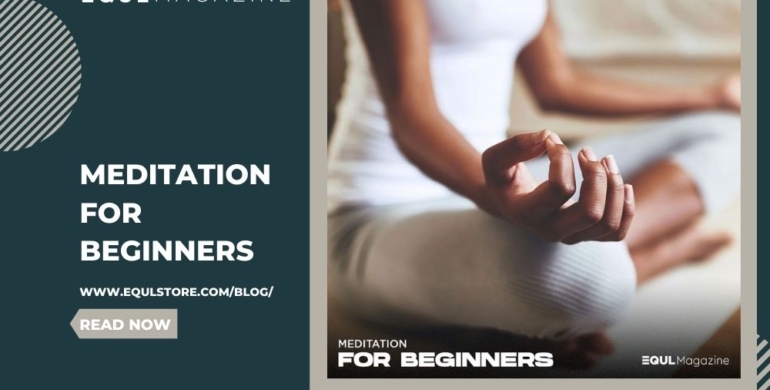Meditation for beginners
I started going to therapy because my mind was on overdrive. There was a constant chatter in my head and I didn’t have the tools to do anything about it. I would find myself in loops of thought that I couldn’t escape.
Therapy is a practice, it takes time and dedication. As a year passed, there were clear indications that my anxiety and depression were being dealt with. I remember looking down at my long fingernails in shock only to realise that I had stopped biting them. It was refreshing to know that therapy was helping. It’s the visible differences that you end up noticing while doing any inner work.
There are many different approaches to healing the mind, body and soul. Therapy happened to be the first initiative I had taken, but meditation was the second.
It’s quite ironic that I am writing this piece during a time when I haven’t been consistent with my healing. So if you find it hard to keep up with your practice, just know that it is okay and that you can always go back to it.
There are many hobbies one might pick up through their lives which can feel meditative. Swimming, yoga, dancing, singing, painting, listening to music, reading, hiking through nature, etc., can bring us closer to ourselves and that’s exactly what we seek through meditation.
The chatter in your head sometimes holds important information. But what gets counterproductive is if you get dissolved by the noise.
Let’s take two scenarios, one where you are stuck in a traffic jam on a very crowded street and the second where you are sitting on the side of the road watching the hustle and bustle.
Think of meditation as the second scenario, it’s the art of watching your thoughts as compared to being caught in the middle of them. Meditation makes it easier to process your thoughts and helps you move forward.
I am told by Lamya Arsiwala, spiritual guide, meditation teacher and intuitive life coach, that, “Meditation is both an invitation of higher vibrational energy into you in the form of the breath and as you breathe out you release what no longer belongs to you.”
She went on to tell me that meditation becomes better with time and as you practice, it becomes a more familiar state to fall into.
As beginners here are some important things to keep in mind:
It’s important to do what feels good during your practice.
Clearing your mind is the goal, so don’t sweat if you find thoughts disturbing you. Just let them float in and out. You will get there!
Find a comfortable seat, wherever that may be. When you start, it is important that you are at ease. So even if you are lying down in bed, it’s okay. If you find yourself falling asleep while meditating, you can sit crossed legged and place your hands on your knees. If you have an injury keep in mind that you can stretch your legs, use support for your back or any other part of your body.
Keep in mind that you have taken a conscious step towards mindfulness and that it is something to be proud of.
It’s okay if you can’t meditate for long. Try a short guided meditation first, and then you can progress to meditating on your own for longer periods.
Practicing different forms of yoga can get you closer to your meditation journey.
To be honest, meditation sounds simple enough, but in reality, it can be quite challenging. Especially with the amount of stimuli we are exposed to in our world today, it is understandably extremely challenging to clear our heads.
But the need for it is more evident than ever, too.
So close your eyes, relax, and start your practice, one breath at a time.
Writer: Tarsha Kohli
There are no comments



